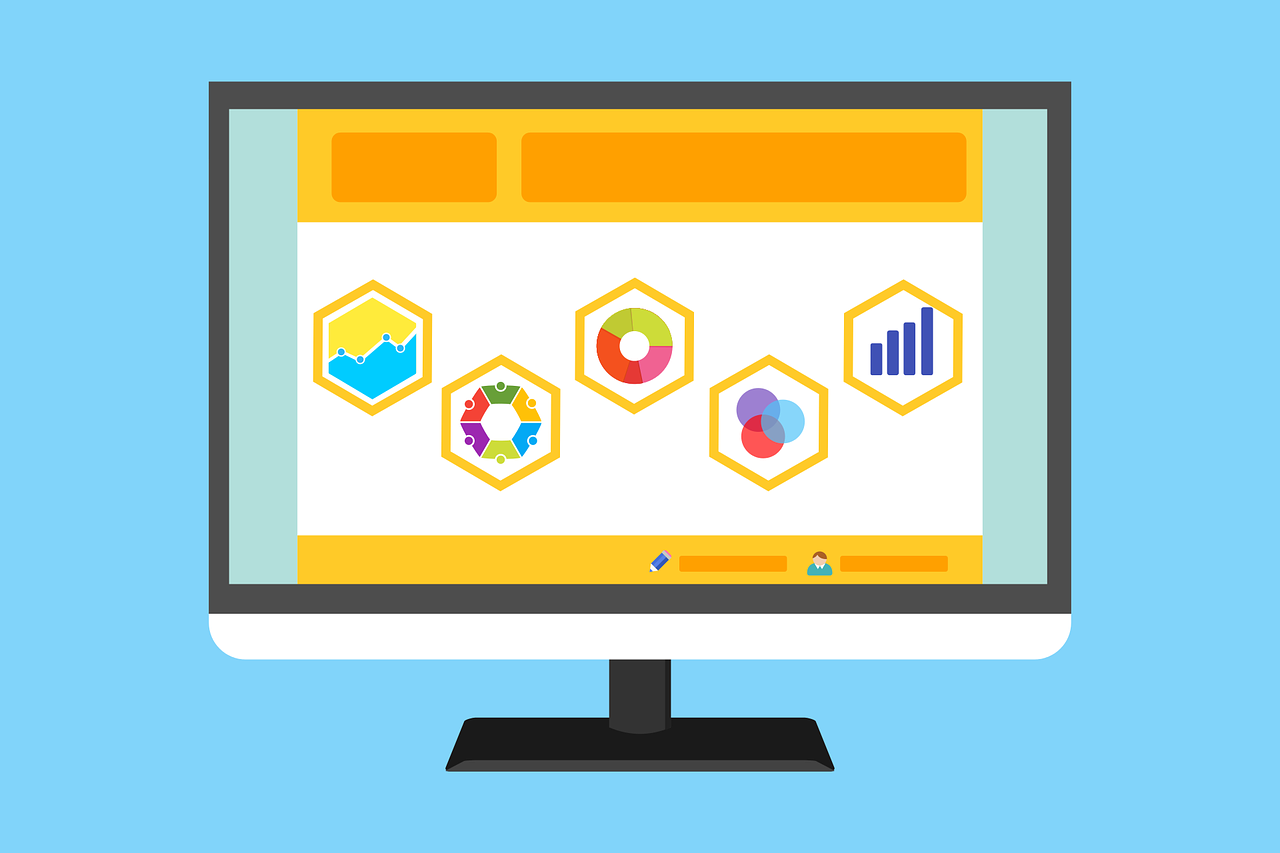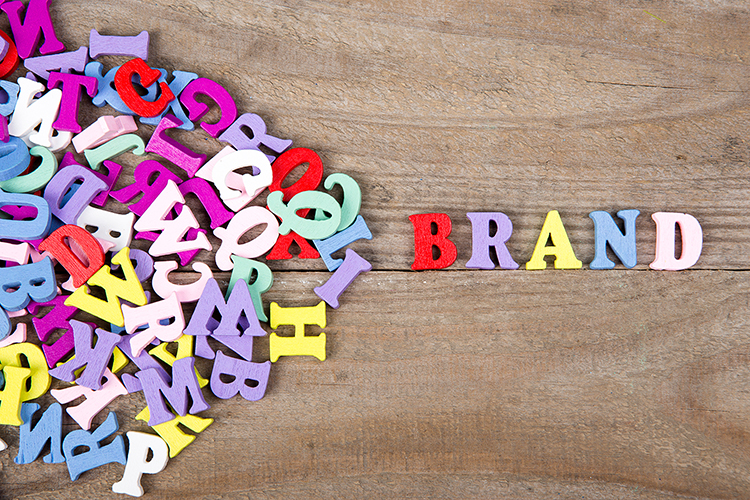
Big data and personalisation: what’s the point of doing it if brands don’t get it right?
February 17, 2017
Big data and personalisation: what’s the point of doing it if brands don’t get it right?
Big data and personalisation are increasingly being used by brands to connect with consumers on an emotional level. They are creating data-driven experiences that are tailored to customers’ specific interests based on their previous actions.
We give so much of our personal information to different companies to allow them to provide these personalised experiences (for example when a retailer emails you a birthday voucher), but when a brand gets it wrong, are they doing more harm than good?
Recently I attended the Australian Open to see if the customer experience has changed over the last few years. Through the multitude of brand activations, one has stood out to me the most, but not necessarily for the right reasons.
The Blackmores ‘Be A Well Being’ stall drew me in with the promise of a free sample. A number of Well Bots were set up, where you answered a short interactive survey before it chose the best sample to help you improve your wellbeing. To receive my sachet of Matcha Green Tea I had to enter my email and mobile number.
Within an hour of leaving the stall, my personalised experience began. I received a text message from the Well Bot, offering to provide wellbeing tips. The SMS conversation I had with the Well Bot peaked my engagement levels. The Well Bot speaks in English and Emoji, tells cute jokes, and asks a heap of questions to understand your personality and health goals. Three quarters of an hour later, Well Bot recommended that I sign up for a 4 week action plan “specifically designed for beginner fitness”. At this point I felt incredibly deflated. As someone who exercises at least 4 times a week (which I had told Well Bot), I immediately felt frustrated that I had committed so much time and handed over so much information, to be given a plan that that is completely unsuited to me.
I felt even more dismayed when I jumped on the Blackmores website and of the other 24 action plans available, at least 4 of them would have been perfect for me.
Blackmores ‘Be A Well Being’ had so much potential to create a fulfilling customer experience for me, but because they didn’t use their data right, they got it wrong and created an even worse experience than if they had sent me generic messaging.
After this experience, I decided to find some tips on how brands can personalise content and use their data to connect with customers in a meaningful way:
- Make it easy and convenient for the customer
We want the right information to easily facilitate our choices. The Iconic “find the best fit” function recommends a size on clothing items by asking information about your height, weight, age, and size in other brands. They then use that data to recommend a size based on what those with similar statistics have bought and not returned. It completely removes the stress of choosing a size when you can’t try an item on, and even though the data is quite personal, it is put to good use so doesn’t feel intrusive.
- Send the right message and use people’s data correctly
If you’re going to collect a lot of data about people, make sure that you use all of it and use it to send a relevant message. The reason I felt so frustrated by Blackmores was that I answered so many questions which were not considered when I received my personalised plan, and the information they did take into account (that I was interested in fitness) was used the wrong way (assuming that I am a novice). It felt like I had wasted my time and that the brand hadn’t listened to my needs. Facebook, a classic example (but it wouldn’t be successful if they didn’t do it so well) knows almost everything about our lives, but uses this information to seamlessly show friends posts, sponsored posts and advertising that we are most likely to be interested in.
- Don’t pigeonhole people
Just because you have collected some data about a person, it doesn’t mean that they won’t change over time or that the subset of data tells the entire story. Pandora Radio, an app built on the concept of personalisation, has fast become one of my favourite apps, because while it tracks every track I give the “thumbs up” or “thumbs down” and plays my favourite songs more often, it also plays new music that is similar to what I have previously given the thumbs up to. The playlist is constantly evolving and I can always find new music that I love.
Blackmores had the right idea with their innovative and fun Well Bots, but got the execution wrong by not following these principles. If you’re going to collect customer’s personal information, make it worth their while by giving them an enhanced and unique experience that will build loyalty for your brand.
Written by Emma.

